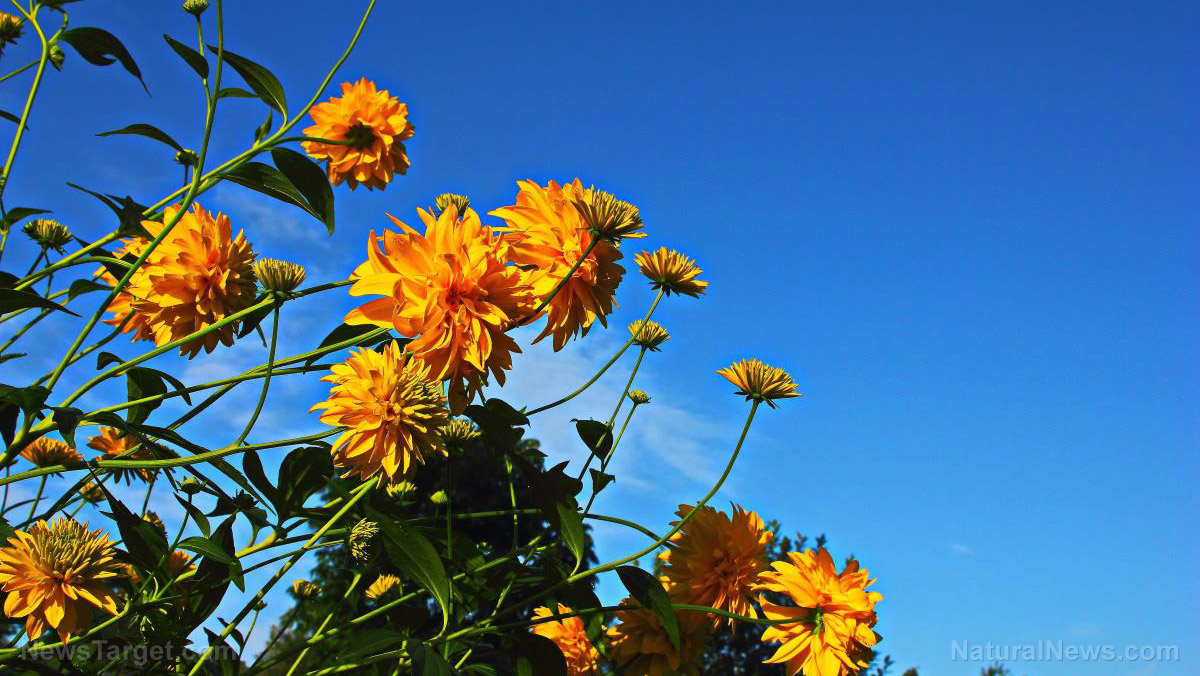
Plants are valuable sources of food. They are widely available, easily procured, and can meet all your nutritional needs, given the right combinations. Should you find yourself in a dire situation with a depleted food supply, would you know how to forage for food in the wild? It is a crucial skill to be able to identify the right plants for consumption when you're in the wild to avoid being poisoned. Below are some tips and considerations for finding and identifying wild edibles.
Learning the plant life in your area or region is important, but if you haven't had the chance to do so, you can use the Universal Edibility Test to identify which plants can be consumed and which ones you should avoid. (h/t to PrepperBits.com)
Identifying wild edibles – the basics
The most important thing to keep in mind when foraging for wild edibles is to avoid accidental poisoning. Never guess whether or not a plant is poisonous. Eat only those plants that you are positively sure are edible and safe to eat.
When foraging, consider taking two bags – a “sure” bag for the plants that you know are positively edible, and an “unsure” bag for those that you still need to verify.
Here are more considerations when foraging for wild plants.
- You can forage for plants growing near homes, occupied buildings, or along roadsides, but these may have been sprayed with pesticides, so wash them thoroughly. You should probably avoid roadside plants altogether since they may have been exposed to vehicle exhaust emissions as well.
- Plants growing in or near contaminated water are sure to be contaminated as well. Boil before consuming them.
- If your edibles are showing signs of spoilage or mildew or fungus, discard them immediately to avoid consuming fungal toxins.
- Learn how to identify look-alikes. You don't want to accidentally ingest poison hemlock because you mistook it for its relatives – wild carrots and wild parsnips.
- Because many plants look alike, it's important to use all your senses when foraging. Don’t limit yourself to visual ID alone. Learn how to differentiate similar plants by smell, feel, texture, etc.
- Some plants contain high concentrations of deadly cyanide. To identify these, avoid any weeds, leaves, or seeds with an almond-like scent – a characteristic of cyanide compounds.
- If you are sensitive to gastric distress, you may have to avoid consuming wild plants. If you are sensitive to poison ivy, you should avoid its relatives such as cashew and pistachio nuts, mangoes, or any parts of sumacs.
- Some wild edibles such as acorns and water lily rhizomes are bitter and unpalatable, usually due to tannin compounds. You can boil them in several changes of water to remove their bitter properties.
- Many wild edibles contain high amounts of oxalate compounds (oxalic acid) that produce a sharp, burning sensation in your mouth and throat when eaten. They can also damage your kidneys. Baking, roasting, or drying usually destroys oxalates.
- Learn which parts of a wild edible are safe to use. Some plant parts are only edible at certain times of the year.
- Learn which plants grow in which seasons. Some plants emerge in the spring but are not identifiable until warm months when they are past their point of use.
- Do not eat mushrooms in the wild. The only way to safely consume mushrooms is by positive identification. You cannot afford to experiment and risk being poisoned. Some mushrooms affect the central nervous system and symptoms may appear only after several days have passed, and by then it would be too late to reverse the effects.
Edibility testing
You can't possibly know every single wild plant out there, so here is a universal edibility test to determine if the plant you foraged is safe to ingest.
- Do not eat anything for eight hours before testing a plant.
- Test only one part of a potential food plant at a time.
- Test only those that are common and readily available.
- The first step of testing is to touch the plant to your lip. If there is a burning sensation or other strong reactions, do not eat. Allow three minutes waiting time to check for any reactions.
- After passing the lip test, touch the plant to the inside of your mouth. Wait for 15 minutes for any adverse reactions.
- If the plant passes, eat a small amount, then wait for eight hours for any adverse reaction. You can then eat one handful and wait for another eight hours before concluding that the plant is good for consumption.
Consume small portions of the wild plant at a time. Eating large portions at once after having fasted beforehand can induce diarrhea and nausea and may mislead you into believing that the plant should be avoided.
Want to learn how to spot a poisonous wild plant immediately? Learn the basics at Survival.news.
Sources include:
Please contact us for more information.





















